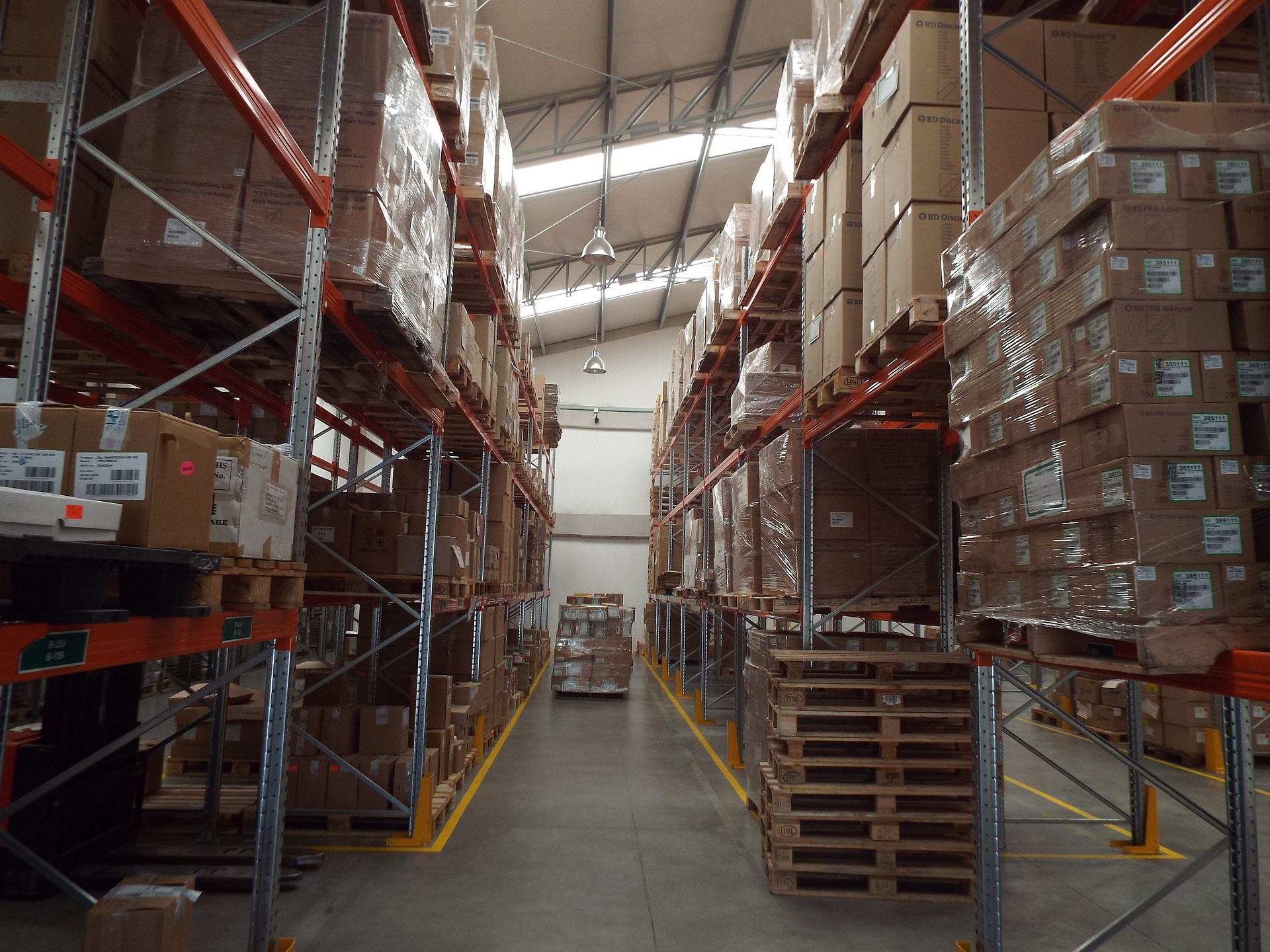
Warehouse storage capacity constraints can arise for a variety of reasons. LIDD’s supply chain expert Charles Fallon shares how he helped a client find hidden warehouse capacity but understanding what was truly their constraint.
The Situation – A specialty foods company with wholesale accounts, its own retail stores and a thriving direct-to-consumer business had five more years on the lease of its distribution center. The warehouse was full but the company wondered if there was anything that could be done to increase its capacity and avoid moving some of their business into outside storage.
Issues & Decisions – There are three dimensions to warehouse capacity, each with their own symptoms and solutions:
- Warehouse throughput capacity – measure of the inbound and outbound volume that a building can handle
- Warehouse pick line capacity – the number of SKUs that can be faced on the pick line
- Warehouse storage capacity – the amount of inventory that the building can hold
To solve a capacity issue, the first thing is to determine the kind of capacity problem – and don't forget that more than one kind of limitation can often be at play. Once we diagnose the problem, we can then prescribe the right medicine.
The solutions depend on affecting a number of factors, including:
- Operations – inbound/outbound activity, inventory turns and SKU variety
- HR structure – shifts of operation, workload balancing within a shift, day and week, labor by function
- Material handling systems – racking, mobile and fixed conveyance, pick line
- Profile of the facility – size, shape and clear stacking height, building condition, location of obstructions, master site conditions and use
The Results – We developed a re-engineered material handling system that increased warehouse storage capacity by 15% and re-set the pick line, which substantially reduced congestion in the direct-to-consumer fulfillment area. In addition to physical renovations to the materials handling system, we helped them increase inventory turns and revamped dock scheduling to flatten volumes across the working day.
Interested in finding other ways to increase warehouse storage capacity? Download LIDD’s eBook Infrastructure: Supply Chain’s Missing Link to learn more about other operational assets that can help drive a supply chain’s performance.



